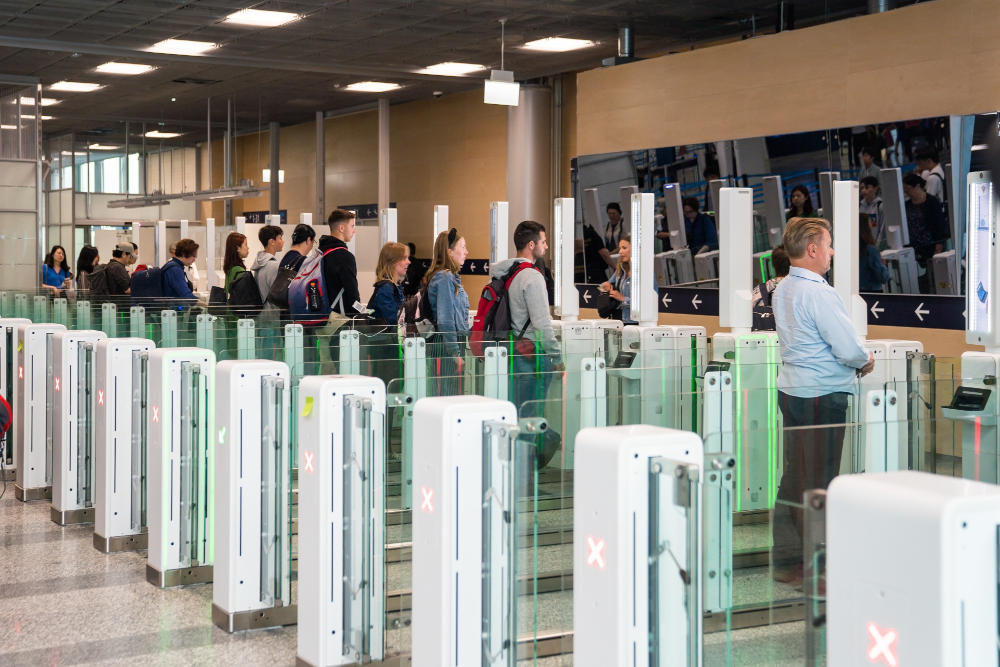In addition to the pre-registration of ETIAS, entry control will be enhanced with the Entry/Exit System (EES). The aim of the EES is to streamline border checks and improve the identification of persons at external borders. At the same time, the identification of third-country nationals exceeding their legal stay in the Schengen area will be facilitated, and the fight against terrorism and serious crime will be enhanced. Smart Borders term refers to the automation and new technology that border checks will introduce.
The EES registers border crossings at the external borders of the EU and aims to identify persons who are illegally entering or already residing in the Schengen area. In the future, person identification will utilise facial images and/or fingerprints, and the authorities will have access to the data entered in the register within the limits of their user rights.
The machine-readable data contained in the passport, data on border crossings and residence, data on the border crossing point, as well as biometrics, i.e. facial image and fingerprints, are stored in the Entry/Exit System. The stamping of passports will be abolished after a short transition period. A separate online service will also enable third-country nationals to check for themselves the length of their remaining authorised stay in the Schengen area.
According to current estimates, the EES will be deployed towards the end of 2024.
The system will be introduced throughout the Schengen external borders, which requires almost 2 000 border crossing points to be equipped. The required changes are already visible, for example, in the Helsinki Airport as self-service kiosks for passengers. Every year, the system is used to carry out approximately 200-300 million border checks in the EU.
More information
New requirements to travel to Europe (europa.eu)

